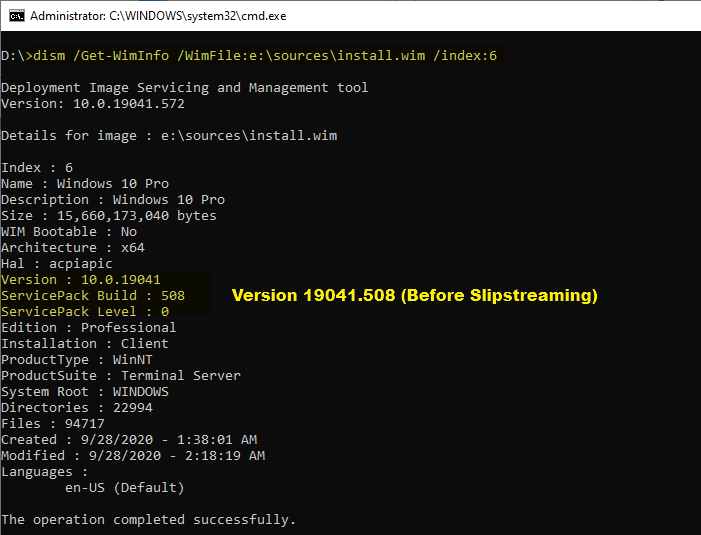

- #Use ntlite to strip down windows 7 install#
- #Use ntlite to strip down windows 7 drivers#
- #Use ntlite to strip down windows 7 driver#
- #Use ntlite to strip down windows 7 portable#
- #Use ntlite to strip down windows 7 iso#
Microsoft offers a number of tools that let you do similar things like that but for some reason I was never convinced doing so. It could speed up significantly the whole installation process with all necessary drivers, updates or even 3rd-party programs included and installed automatically.
#Use ntlite to strip down windows 7 install#
Overall, NTLite is a useful tool to have for those who need to install and customize Windows Systems repetitively.
#Use ntlite to strip down windows 7 iso#
Once all the changes are made, switch back to Target section, and click Create ISO button to create the final copy of the installation image. NTLite simply deletes th files and matching registry keys like all older tools (nLte, vLite) do it. What’s more interesting and useful is that you can easily integrate application installers, scripts, registry tweaks or raw commands in Post-Setup section, which provides a silent switch and automatically run application installer right after the initial setup is done. It’s a very efficient way to mass install Windows Systems. When enabled, Windows Unattended installation makes the whole installation fully automated with limited to none user interference. It also supports Windows Unattended feature, providing many commonly used options on a single page for easy setup. Navigating through each of the sections to make changes to the installation that reflects to your real network setups. If you want to work on an image folder or file you have, you can Add them manually from the Toolbar ribbon bar.

The tool comes with a clean and intuitive user interface with the sidebar displaying all the available customization choices. It runs on Windows from 7 and above, including 10 Technical Preview, with both 32 and 64-bit supported.
#Use ntlite to strip down windows 7 portable#
The download only offers one package but you have the option to install as a portable tool. NTLite can be installed as regular program or as a portable tool that can be used on other systems. You can check your Live System with NTLite and make your modifications but you just can’t apply them back to the live system. Note that the Live Systems feature is limited to the commercial version only. NTLite is such a tool designed just for that purpose, modifying a mounted images, Windows installation folders, or live systems to build your own installation image in ISO format and apply them into the target system. For example, why do I need Paint, WordPad, or Windows Media Player when I will be using a better alternative? What’s the purpose of having Accessibility Tools, Floopy Disk Support, or BlueTooth Support when I know I will never use them? Yes, I can manually remove or disable them after the installation but it would be nice if I can customize an installation package that doesn’t include any of those that I know I will never use, especially when the same installation package will be used many times down the road.
#Use ntlite to strip down windows 7 driver#
Or maybe Windows and its AMD Driver doesn't even use ASPM since it was supposed to be a buggy pain in the ass anyway.Windows Administrators often need to customize the Windows installation package to optimize the Windows system that suits the environment.
#Use ntlite to strip down windows 7 drivers#
I find that quite complicated considering than in virtualized environments Windows is only able to control the passthroughed card but not the physical PCIe link interface since it doesn't manages the involved PCIe Root Port and possible Switches that routes the data traffic, so I find weird that Windows or the AMD Drivers doesn't find themselves in an edge case trying to set the virtual PCIe Port in a low power mode and failing along the way. I have absolutely no idea how Windows handles PCIe ASPM (Active State Power Management), but at least AMD was recently working on its amdgpu Linux Driver to enable by default the latter.

Assuming that BACO was properly supported by amdgpu Driver, it would be far easier to rebind the GPU to amdgpu in the Linux host when it is Idle, as creating a Linux VM to do so would be stupid if the host can handle it itself.Īlso, some of the low power stuff involves the physical PCIe link layer.

According to Phoronix, ZeroCore is the marketing name of BACO (Bus Active Chip Off), which seems to be supported, albeit some people claim than it is inferior to Windows version of it. I'm not sure of amdgpu supporting ZeroCore, I googled a bit and even participated in Threads related to that. ZeroCore should be totally propietary to AMD, so it makes sense that only when the AMD Drivers are in use the GPU is set to such custom mode. Click to expand.vfio-pci sets the PCI Devices into the D3 Power State, which according to the PCIe Specification is the lowest standarized Power State (Which can be set with the generic PCI command interface via the PCI Configuration Space).


 0 kommentar(er)
0 kommentar(er)
